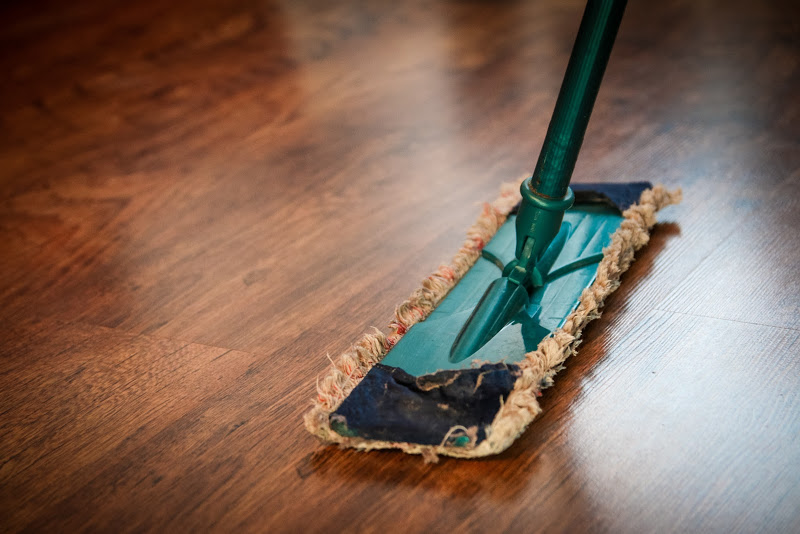Over the past twenty years, social awareness surrounding the use of eco-friendly products, recycling, and sustainability has been growing. More people are moving toward using eco-friendly products, especially when it comes to keeping their homes clean. Removing harsh, undesirable chemicals reduces waste in the environment and improves health at home.
So how do you know which products are truly eco-friendly and which are just marketed as such? Is there a way to save money on green cleaning products? How can you make your own? Here’s everything you need to know about going green when you clean.
Know Your Labels
To choose eco-friendly cleaning products, you need to know what to avoid when at the grocery store. Essentially, you’ll want to steer away from products that are toxic or aren’t naturally occurring. Anything with warning labels about ingestion or corrosion are clear signs to stay away. Cleaners with chlorine, ammonia or phosphates are damaging to the environment and could be detrimental to your health and wellness.
Many detergents and cleaning substances are not legally mandated to list their specific ingredients. They are, however, required to adhere to labelling standards that prevent them from misrepresenting themselves. Look for labels that claim that the product is irritant and additive-free.
Make Your Own
If you have budget concerns, or don’t feel comfortable with green cleaning products from the store, you can always make your own. Your concern is legitimate– natural compounds can be damaging to one’s health as well when mixed a certain way.
There are many ways to make green cleaning products on a budget, using recognizable products that are guaranteed to be free of any hidden ingredients. Vinegar and baking soda are two staples for DIY green cleaning products. Incorporating essential oils can boost the efficacy of your cleaners and add a lovely, aromatic effect. For guides on which essential oils are best for your cleaning needs, visit https://madewithoils.com/.
When using essential oils in your green cleaning products, try to avoid tea tree oil if you have pets. The oil can prove deadly to them when ingested, though it is entirely safe for humans. If you do use it, thoroughly wash away the residue you leave behind.
Other Ways to Go Green
Just because something is non-toxic or natural, doesn’t mean your cleaning practices are eco-friendly. We live in a disposable society, where we are used to using something, disposing of it, and buying a replacement. The same applies to cleaning products. Rather than using disposable wipes, which take a long time to biodegrade, consider using biodegradable paper towel instead. Better yet, use washable rags that can be used multiple times before being replaced.
Other indirect ways to practice eco-friendly cleaning is to ensure you are recycling empty cleaning product bottles and cardboard boxes in accordance with your local regulations. Use cold water for laundry and rinsing whenever possible and use only what you need.
The Impacts of Going Green
Many people don’t understand that even the smallest of decisions can have monumental impacts on the environment. For example, if every household in America replaced one bottle of a traditional cleaning product with an eco-friendly alternative, it would save 82,000 barrels of oil. That’s enough oil to fuel over 7,000 cars for over 12,000 miles.
It’s also important to consider how your own health and wellness impacts the world overall. If each household started to replace their cleaning products with green alternatives, we would be exposed to fewer carcinogens in the air while cleaning and in the water as they’re poured down the drain. It isn’t a stretch to say that being rid of chemical-based cleaning products could drastically reduce cancer and the effect long-term illness has on the healthcare system. Are you ready to make a change?

